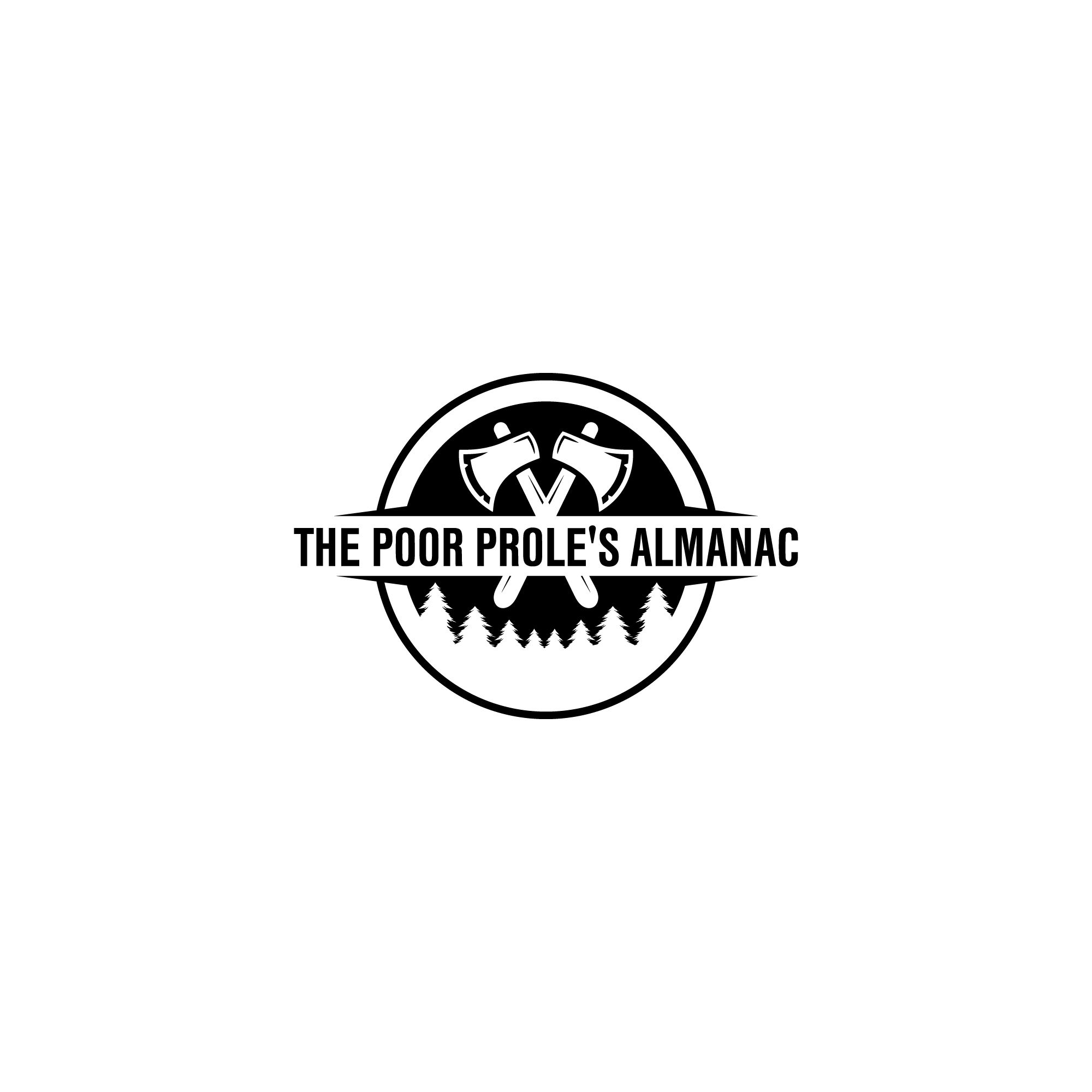The Birth of the Biodynamics Movement
Description
To talk about permanent agriculture and the alternative agriculture movement that fought against monocropping and industrial pesticide and fertilizer use without talking about biodynamics ignores one of the focal components in the development of a huge facet of how these movements came to be today. To try and explain the biodynamic movement without talking about Rudolf Steiner doesn’t fully capture how and why the movement became what it was long after his death. Steiner’s interest spanned from education to agriculture to, in his words, “how to know higher worlds.” His interests explored anthroposophy, or what he considered ‘spiritual science’, something that has continued to occupy a large space in the various ‘natural’ agricultural movements that span the globe today, including at least 6,000 farms today.1
Waldorf schools, inspired by Steiner’s work, number over 2,000 today, and highlight that his writing and speeches struck a common belief that has transcended his place and time in Germany. We’ll explore what these beliefs are and how these positions, by definition of how they can be interpreted, have been coopted by groups across the political spectrum.
To read about biodynamics further, check out the following substack for sources and further details:
https://poorprolesalmanac.substack.com/p/the-birth-of-the-biodynamics-movement
To support this podcast, join our patreon for early episode access at https://www.patreon.com/poorprolesalmanac
For PPA Writing Content, visit: www.agroecologies.org
For PPA Restoration Content, visit: www.restorationagroecology.com
For PPA Merch, visit: www.poorproles.com
For PPA Native Plants, visit: www.nativenurseries.org
To hear Tomorrow, Today, our sister podcast, visit: www.tomorrowtodaypodcast.org/
More Episodes
Revolutionizing Agriculture: Harnessing Soil Bacteria for a Sustainable Future with Dr. Jim Ippolito
Published 11/09/24
Published 11/04/24
Published 11/04/24


